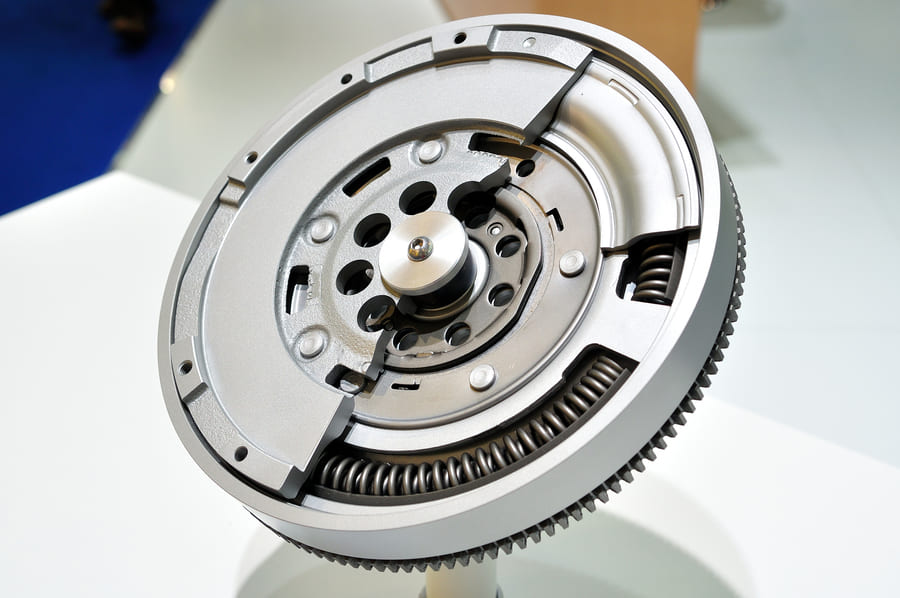
What Is a Flywheel on a Car? What Does a Flywheel Do?
A flywheel is a critical component of a vehicle’s drivetrain, especially in manual transmission cars. It’s a large, disc-shaped part bolted to the engine crankshaft, and it plays a vital role in power delivery. So, what does a flywheel do?
- It smooths out engine vibrations and fluctuations in RPM.
- It stores rotational energy, helping the engine maintain momentum when the throttle is released.
- In manual transmissions, it connects the engine to the clutch, enabling controlled power delivery to the wheels.
In short, the flywheel car component ensures smoother operation and optimal power transfer. When it starts to fail, you’ll notice a range of flywheel problem symptoms that shouldn’t be ignored.

What Causes Flywheel Damage?
Understanding what causes a flywheel to break is key to preventing early failure. Here are the main culprits behind flywheel damage in both manual and automatic vehicles:
Common Causes:
- Improper Maintenance: Faulty clutch installation or a malfunctioning starter motor can lead to misalignment and flywheel issues.
- Clutch Problems: A slipping or worn clutch transfers excess heat to the flywheel, which may lead to cracked flywheel symptoms.
- Rough Driving Habits: Aggressive shifting, riding the clutch, or driving in the wrong gear can cause flywheel wear symptoms over time.
- Excessive Heat: Often the result of a slipping clutch, it causes warping or even cracks—common damaged flywheel symptoms.
If you’re driving an automatic transmission, note that what causes flywheel damage in automatic cars can include torque converter misalignment and starter gear engagement issues.

Symptoms of a Bad Flywheel
Wondering how to tell if flywheel is bad? Here are the most common flywheel failure symptoms, whether you’re driving a manual or automatic transmission vehicle:

For those with automatic cars, symptoms of bad flywheel on automatic transmission may include engine misfiring, delayed gear shifts, or starter engagement failure.
What Are the Signs of a Bad Flywheel?
In summary, these are the signs of a bad flywheel to watch for:
- Burning smell
- Gear shifting problems
- Pedal vibrations
- Clutch noise or chatter
- Engine shudder
- Starting issues
- Abnormal sounds from the flywheel area
If you’re asking how to know if flywheel is bad, this checklist is a reliable place to start.
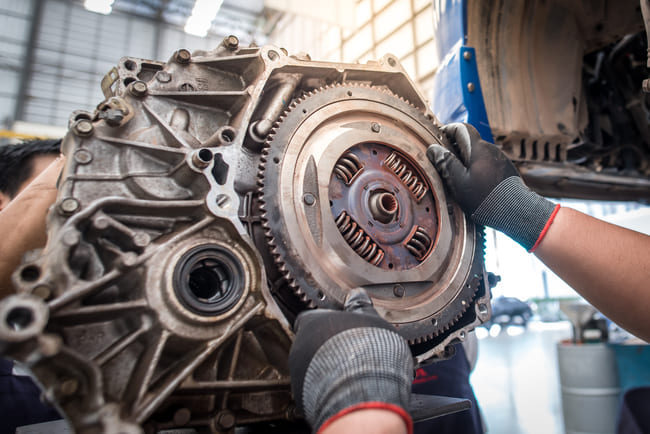
Can You Drive with a Bad Flywheel?
Many wonder: Can you drive with a bad flywheel? Technically yes, especially if it’s only slightly worn. But how long can you drive with a bad flywheel depends on the severity of the damage.
Driving with a faulty flywheel increases wear on:
- The clutch disc
- The transmission
- The crankshaft
Left unchecked, even a minor flywheel car problem can become a costly repair. If you notice any flywheel damage symptoms, it’s best to have the vehicle inspected immediately.
Can a Flywheel Be Repaired?
Repair Options:
- Single-Mass Flywheels: These can often be resurfaced or machined, making them the more affordable option for repair.
- Dual-Mass Flywheels: Unfortunately, they are much more sensitive. Most dual mass flywheel symptoms indicate that a full replacement is needed. These units contain internal springs and parts that can’t withstand resurfacing.
Conclusion
Whether you’re experiencing flywheel issues in a manual or automatic transmission, recognizing the symptoms of a bad flywheel early can save you from expensive repairs. Be aware of the flywheel failure symptoms and understand what causes flywheel damage, including poor maintenance, clutch wear, and overheating.
If you’re uncertain what happens when the flywheel goes bad, just remember it affects the entire drivetrain, from smooth power delivery to starting reliability. So, if you’re seeing the signs of bad flywheel performance—act quickly.
- @user_163368626.05.2023 10:19Member
What is cost of fly wheel
- @user_163368626.05.2023 10:21Member
Cost of fly wheel
 @Alan Ross01.06.2023 14:08Member
@Alan Ross01.06.2023 14:08MemberWe offer to contact our support team, where specialists will definitely answer your question.
To help you to check suitable car parts for your vehicle, we kindly ask you to provide us with the VIN code / chassis number (17 letters+digits) or the original part numbers (OEM) of the required car parts via the email - [email protected] or fill form here: https://www.autodoc.co.uk/services/contact as well as to specify the type of the hand-drive of your vehicle (the right-hand drive car or the left-hand drive car).
- @user_183235328.08.2023 04:35Member
Why my flywheel is grainding inside the gearbox bell housing
 @Jessica_L28.08.2023 11:05Member
@Jessica_L28.08.2023 11:05MemberIt is difficult to find the reason without proper diagnostics. We recommend to consult the car mechanic.
- @user_183401928.08.2023 18:32Member
What would cause the flywheel to come off the engine r the plate
 @Jessica_L29.08.2023 06:35Member
@Jessica_L29.08.2023 06:35MemberA dual-mass clutch flywheel may become unsuitable for further operation due to increased loads, metal fatigue, drying of the lubricant and loss of lubricating properties. This is also facilitated by the frequent stop of the engine, violation of the thermal mode of operation, problems with the transmission and driving a car whose engine is running at a low crankshaft speed. Separately, we note the influence of driving style - the more aggressive it is, the faster the flywheel will become faulty.
- @user_248678701.05.2024 20:14Member
Could flywheel damage cracked bec caused by faulty mechanics that do not tighten the bolts which connect the flywheel to the engine? I found a loose bolt which was flying around the bellhousing in between the engine and transmission area . This bolt suspected was what was also causing the starter sensory and starters to go out of work. Theres was lot of damage to the starter when I had to have both replaced. And this was before the flywheel finally broke.
 @Jessica_L22.05.2024 08:00@user_2486787Moderator
@Jessica_L22.05.2024 08:00@user_2486787ModeratorThere can be many reasons for a crack on the flywheel and without proper diagnostics and testing, we will not be able to give any more accurate advice.








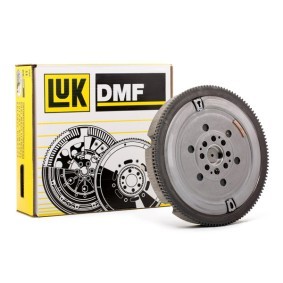



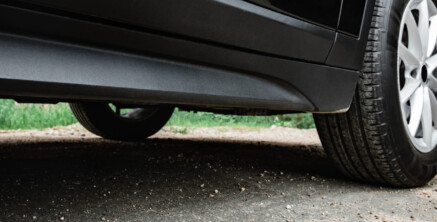

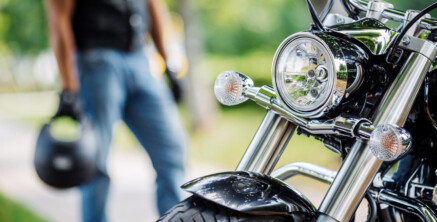
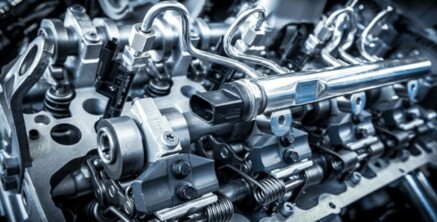

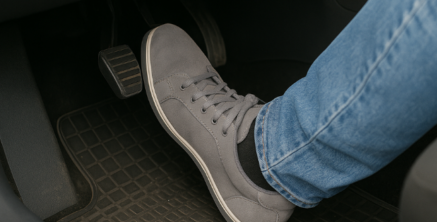
Comments – 9